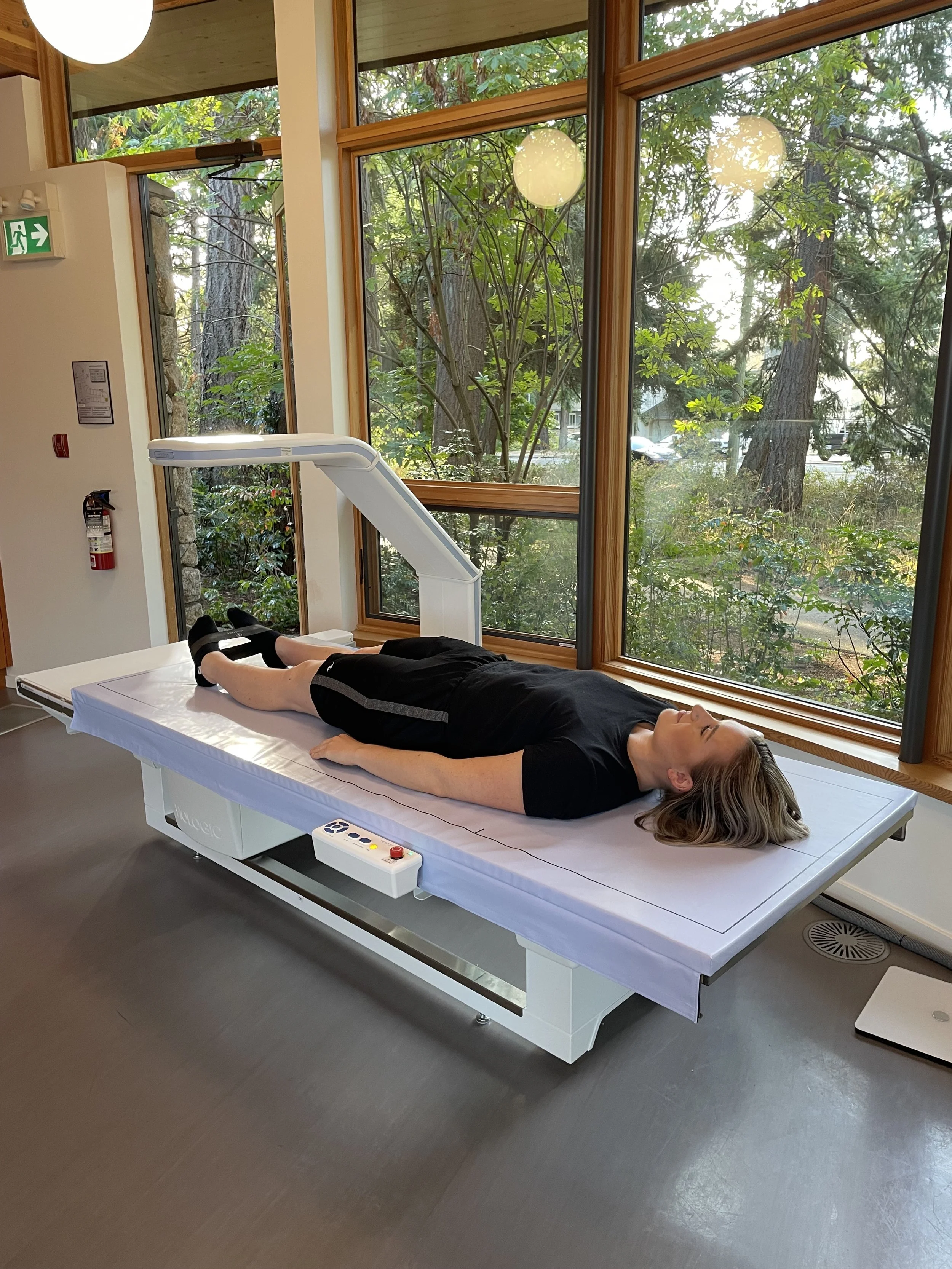Treatment for Tennis Elbow and Pickleball Elbow: What To Do (And What Not To Do)
Tennis elbow or pickleball elbow, aka lateral epicondylitis, elbow tendinitis, or lateral elbow tendinopathy, is a condition that happens when the tendon attaching to the bump on the outer side of the elbow, the lateral epicondyle, becomes inflamed or damaged. The injury is often linked to repetitive motion or overuse but can also occur via an acute incident where the load exceeds the tendon's capacity to tolerate it. Those who have it might experience wrist and forearm pain or weakness in addition to elbow pain.
Depending on the severity of the condition, tennis elbow treatment can include rest, ice, physical therapy, progressive exercises, and pain relief medications. If you think you might have tennis elbow, it’s important to see a professional healthcare provider so you can get a proper diagnosis and treatment plan.
Understanding Tennis Elbow
The names “tennis elbow” and “pickleball elbow” arose because – you guessed it! – the condition is often associated with repetitive movements and muscle strains in the arm and wrist, like those you might see in racquet sports. However, it is not exclusive to racquet sports. Other common causes promoting repetitive motion involving the elbow and wrist include; playing an instrument, using a hand tool or power tool, typing, or doing manual labour that stresses the forearm.
Symptoms of tennis elbow can include:
Pain, burning, or an ache along the outside of your elbow, forearm, and wrist
Wrist or forearm pain when gripping or lifting objects, particularly when the palm is down
A weak grip that can make everyday tasks, such as opening jars or doors, more difficult
How to Treat Tennis Elbow
If you think you have tennis elbow, and it appears swollen and feels achy, you can start by resting the affected arm and applying a cold pack to the sore area for 15-20 minutes, 3 to 4 times a day. You should also refrain from the activities that caused or provoke the injury temporarily. At any point, it is advisable to get a comprehensive assessment and diagnosis by a professional healthcare provider, like a physiotherapist. You’ll get an individualized treatment plan based on your specific case (a tendinitis is treated differently than a tendinopathy as an example), which might include manual therapy and exercises to strengthen or stretch the muscles and tendons. Your doctor may also advise you on the proper use of medications when necessary.
Because tennis elbow is a condition associated with overuse, it’s crucial that a return to activity happens gradually and with the guidance of a health professional to reduce the risk of reinjury. It’s also important to follow up proactively and get ongoing support and follow-up care as needed.
How Not to Treat Tennis Elbow
Although it can be tempting to ignore or downplay symptoms associated with tennis elbow, early treatment can go a long way in preventing the condition from getting worse. On the other hand, prematurely returning to activities or not giving the muscles and tendons adequate time to rest can further strain the area.
It’s also important not to over-rely on quick fixes, like painkillers, without addressing the root cause of the issue. Any physical therapy exercise should be supervised or recommended by a healthcare professional to make sure they’re appropriate to your specific condition. And lastly, any recommended treatment plans should be followed consistently to treat the condition in the short and long-term, as without follow-up and ongoing management, it can recur or get worse.
Tall Tree’s Experience with Tennis Elbow
Our team has successfully treated many cases of tennis elbow and other sports injuries, and we’re particularly passionate about keeping up with the latest research to make sure our clients get the best possible care and treatment plans.
When you see a Tall Tree practitioner, you get a comprehensive and individualized care plan that factors in your lifestyle and goals. Every physiotherapy treatment starts with a thorough medical screen, client history, and physical assessment. We also take a lot of pride in our state-of-the-art facilities and treatment methods, but at the end of the day, everything we do is about helping you get better and stay happy and healthy in the long-term.
So, if you’re currently dealing with tennis elbow, here are the key things to remember:
Refrain from doing any activities that might aggravate your condition further
Take some time to rest and apply an ice pack for 15-20 minutes, 3 to 4 times a day, to treat the inflammation
If it doesn’t get better from there, or at any point, see a health professional like a doctor or physiotherapist
Book an appointment with a Tall Tree physiotherapist today to get an assessment and a personalized treatment plan, and learn more about other conditions and health topics on our blog.






